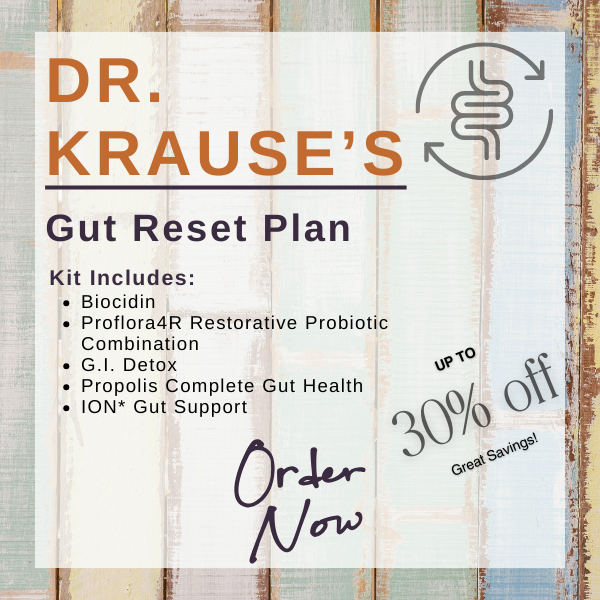Living in Breckenridge, Colorado taught me a lot about breathing and it’s effect on the body.
Having a husband who was a pro mountain bike rider who worked as a pseudo-respiratory therapist for a medical oxygen company led to many breathing experiments.
Picture this… friends over after intense rides or hikes chilling with oxygen and a pulse oximeter on their fingers versus the traditional post adventure beer.
Yes, I’m that kind of host!
The cool part about living in a place where so many people are all about pushing themselves to the limits while optimizing their health is there’s never a lack of test subjects.
Iron deficiency isn’t as prevalent in high altitude environments, neither are slowed metabolisms.
Labs tend to have higher levels of iron, ferritin and red blood cells.
To a sea level doc, it would look like everyone is about to throw a clot.
As a newbie doc I had questions about what this was doing to one’s health.
Was it good or bad?
My conclusion was that it depended on if you were using your red blood cells to your advantage or not.
High altitude environments changed how one breathed, which led to more erythropoietin (EPO) production from the kidneys to stimulate the bone marrow to produce more red blood cells.
EPO regulates the concentration of red blood cells and hemoglobin in the blood.
Red blood cells shuttle oxygen to the cells, including muscle cells, enabling them to operate more effectively.
The more oxygen that gets to your cells the more energy you will be able to make.
More oxygen = less fatigue and more metabolic activity.
EPO has some additional benefits…
- neuro-protection = keeps your nerves and brain healthy
- protects the elasticity of the lung vessels so they can regulate blood flow optimally
- anti-inflammatory
EPO is a peptide hormone, and it’s produced synthetically and injected to increase red blood cell production.
There’s even some research on using it to help with consequences of viral infections that affect the lungs.
It makes sense why Lance Armstrong and friends got into “blood doping” with EPO!
The good news is, you can “blood dope” with changing how you breathe.
Completely legal and eye opening when it comes to ending fatigue and helping with iron deficiency anemias.
Stress and/or infections can cause you to change how you breathe leading to iron and nutrient deficiencies that present along with hypothyroid conditions.
Dr. Krause’s Protocols
Instructions Included
Traveling soon? Looking to detox or reset your gut? Try one of Dr. Krause’s Fullscript plans.
What’s the connecting factor?
The vagus nerve, that’s in control of fight or flight vs chill mode and it’s impact on breathing and digestion.
I’ll save that discussion for another day…
…let me explain how to breathe to boost energy!
Ok here it is…
Inhale through your nose and exhale through your nose, normally x 5 breaths.
Then repeat a normal nasal inhale and exhale and hold your exhale as long as you can.
Count the seconds.
When your air hunger signals to your brain you need to take a breath, do so and record how many seconds you were able to hold.
Take 3 normal breaths and repeat 5 times.
Wait 10 minutes and repeat again for 2 more rounds with 10 minutes in between each round.
When starting do this sitting.
As your breath hold goes over 30 seconds you can add it to walking then move to jogging, cycling or any cardio based workout.
This protocol has been shown to increased EPO by 24% in a 2008 study after one breathing practice session.
There’s much more research in this area that is being done all the time on athletes.
I find it fascinating and hope it inspires you to play with it a bit and consider doing this breath work daily for a month and see where you’re energy is at!
And if you do have low iron consider repeating your iron labs to see how things look after a month.
Here’s to ending fatigue and improving you ability to get oxygen to your cells!
Here’s to your health,
Dr. J









